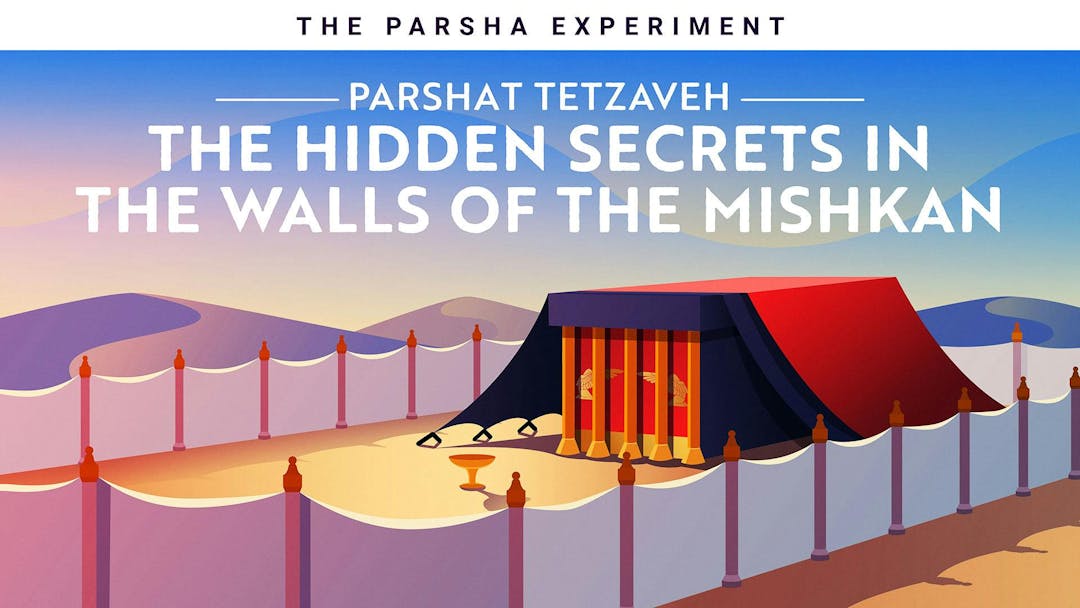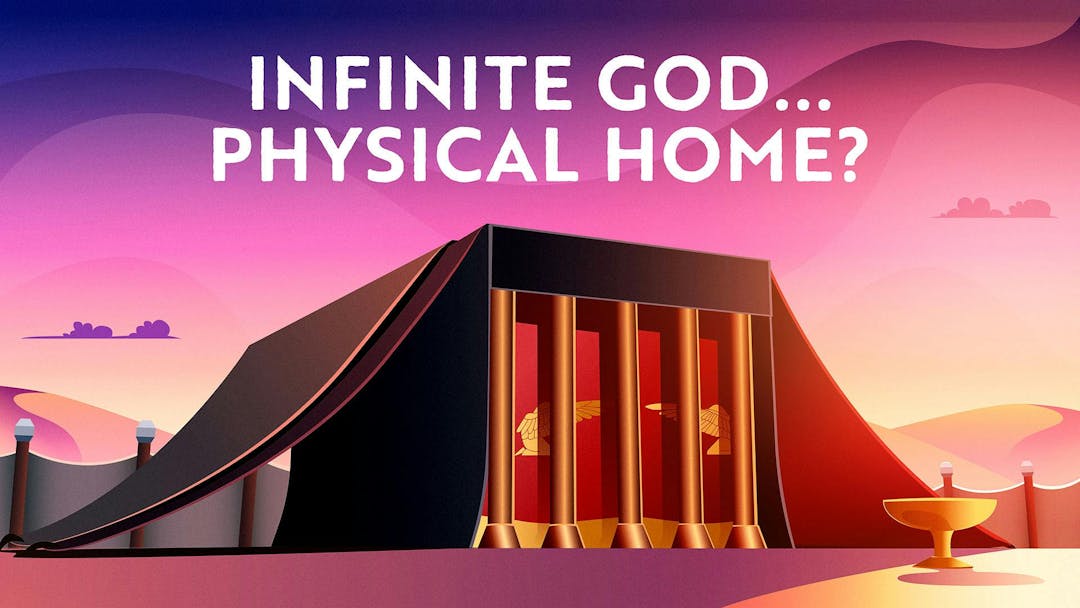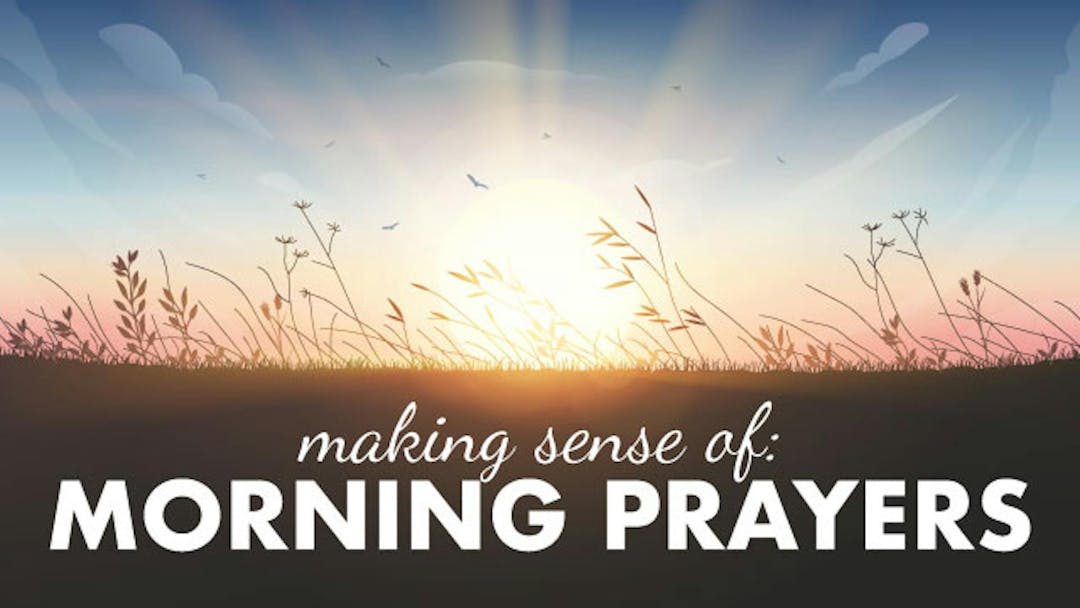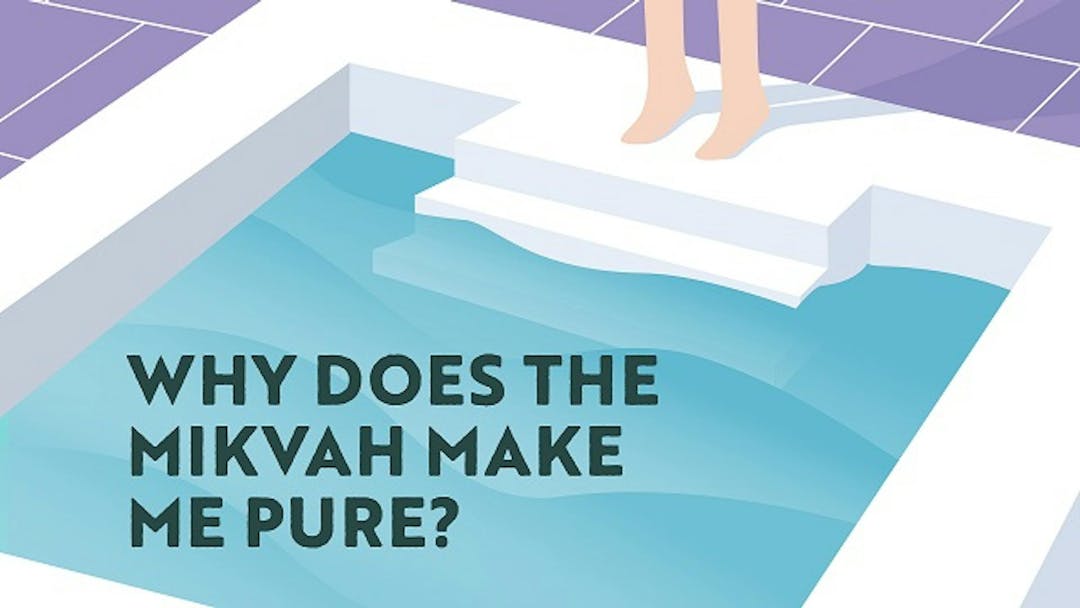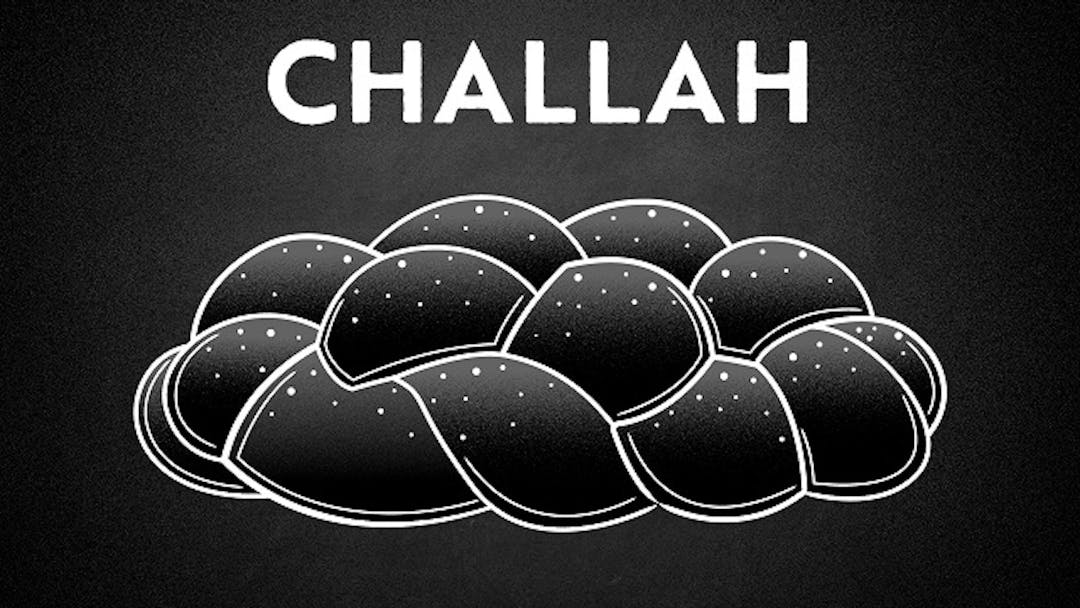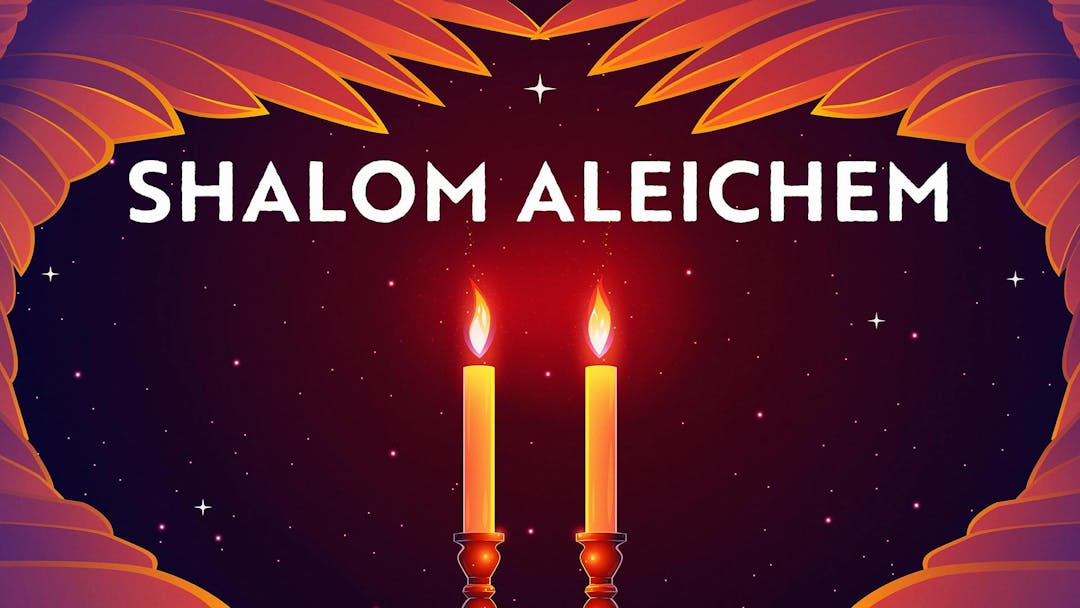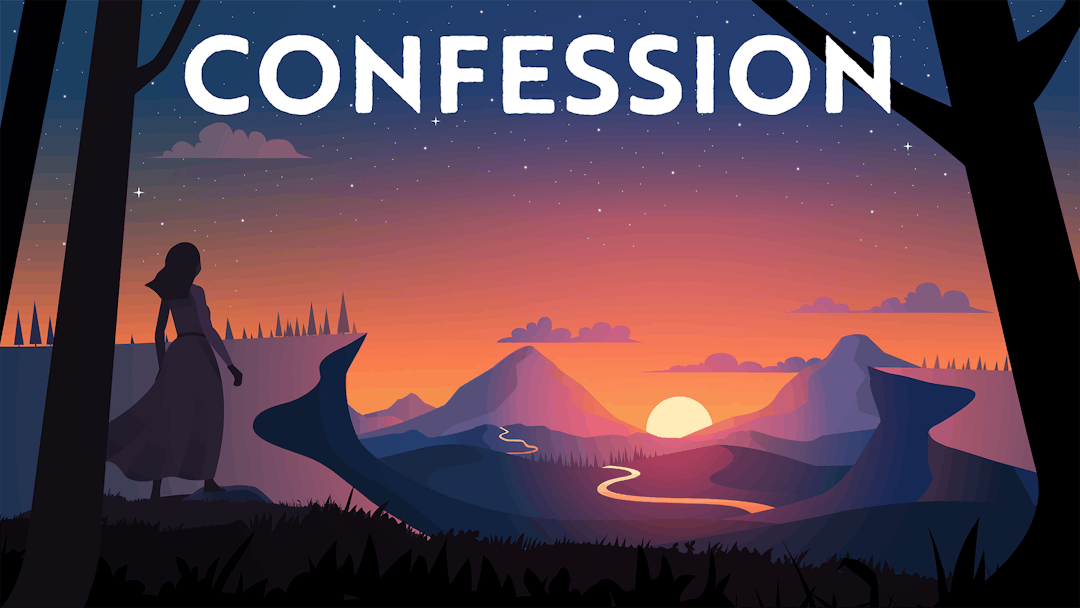Start your free trial today to unlock the full library and enjoy unlimited and uninterrupted access.
Get StartedWhat Do The Laws Of Choshen Mishpat Teach Us About Our Relationship To God?
What Do The Laws Of Choshen Mishpat Teach Us About Our Relationship To God?
We learn in Parshat Tetzaveh about the specific laws relating to the Kohen Gadol’s Breastplate — the Choshen Mishpat, or Breastplate of Judgment. But why should we care about these esoteric and seemingly inapplicable laws? Join Rabbi Fohrman and Imu as they take a look back at Parshat Mishpatim and find an intriguing relationship to the laws of the judges. You’ll never think of Choshen Mishpat the same way again.
Want to watch the full video for free?
Enter your email and we’ll send you a link to watch the full series free.
What is Aleph Beta?
Aleph Beta is a unique kind of Torah library. Led by our founder, Rabbi David Fohrman, we are dedicated to high-level, textual Torah learning for adults that is intellectually and spiritually sophisticated, that enlivens your Jewish practice and helps you forge a deeper connection to God. Whether you’ve been learning in yeshiva for years or you’re just beginning your Torah journey, you’re sure to find something meaningful and surprising waiting for you here.
Browse our library of over 1,000 beautifully produced animated videos, podcasts, deep dive courses, and printable guides. Topics include the weekly parsha, Jewish holidays & fast days, laws & mitzvot, prayers, relationships, big philosophical ideas and more. Have something to say at the Shabbos table that will amaze your family and guests and bring deep meaning into their lives.
